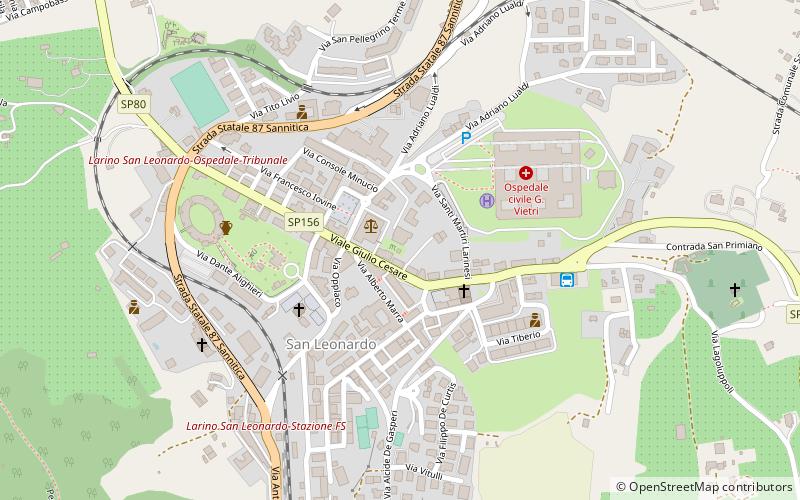Mosaici, Larino


Facts and practical information
In Roman times Larinum was a flourishing, large, ancient settlement located in the hills of the Molise hinterland, about 400 m above sea level, not far from the coast of the Adriatic Sea, of considerable importance precisely because of its neuralgic geographical location: in fact, it extended over a wide area, fertile and flat, in a strategic position, because it overlooked the valley floor and the lower course of the Biferno River, and it was also an important road junction, because it was located at the convergence of important road axes, which allowed it profitable trade.
This particular geographical physiognomy, combined with the favorable climate and the fertility of the soil, which was easy to work, explain the prosperity and economic development of Larino, achieved as early as the 3rd century BC. which allowed it to play an important commercial role, preeminent compared to other centers in the area, making it a frontier land and crossroads of cultures, between the Adriatic coastal strip and the inland area of Sannio, remaining for this reason always open to the influences of various cultural environments, as confirmed by the archaeological documentation, evidence of the existence of a rich and populous city already in the era before the Hannibalic wars.
Larino
Mosaici – popular in the area (distance from the attraction)
Nearby attractions include: Larino Cathedral, Lago di Guardialfiera, San Martino in Pensilis, Casacalenda.





